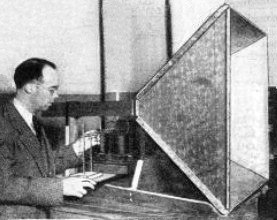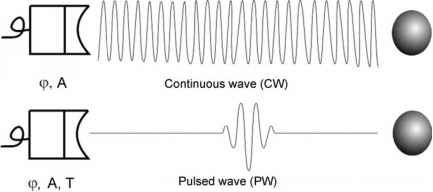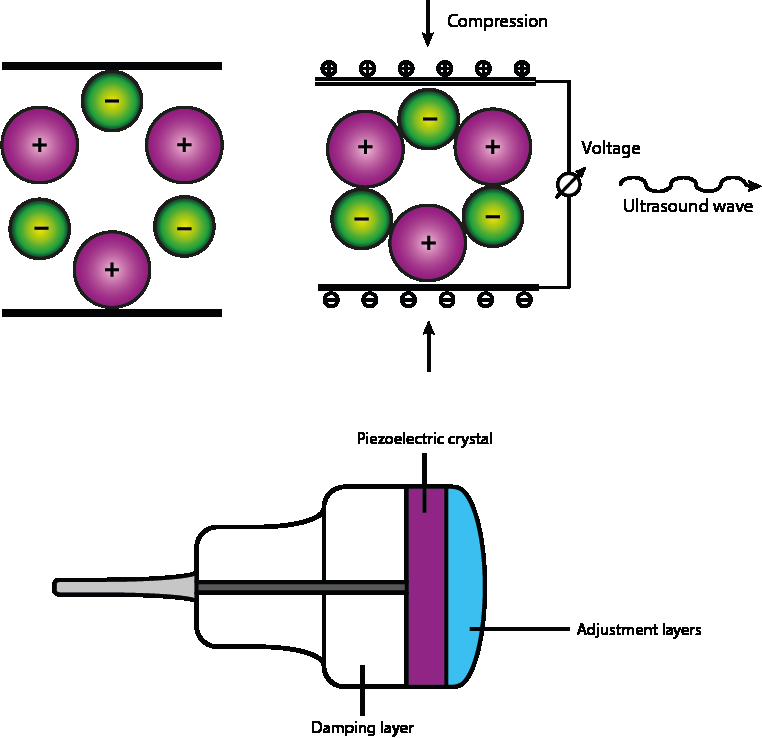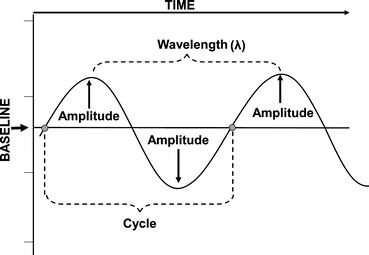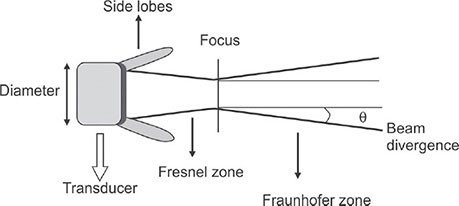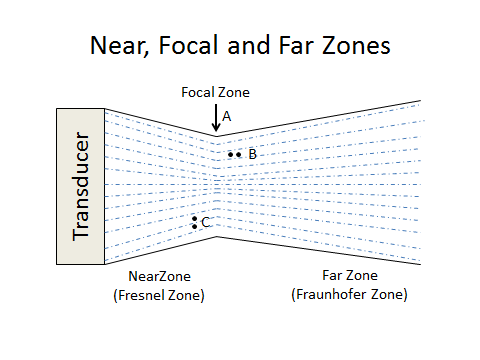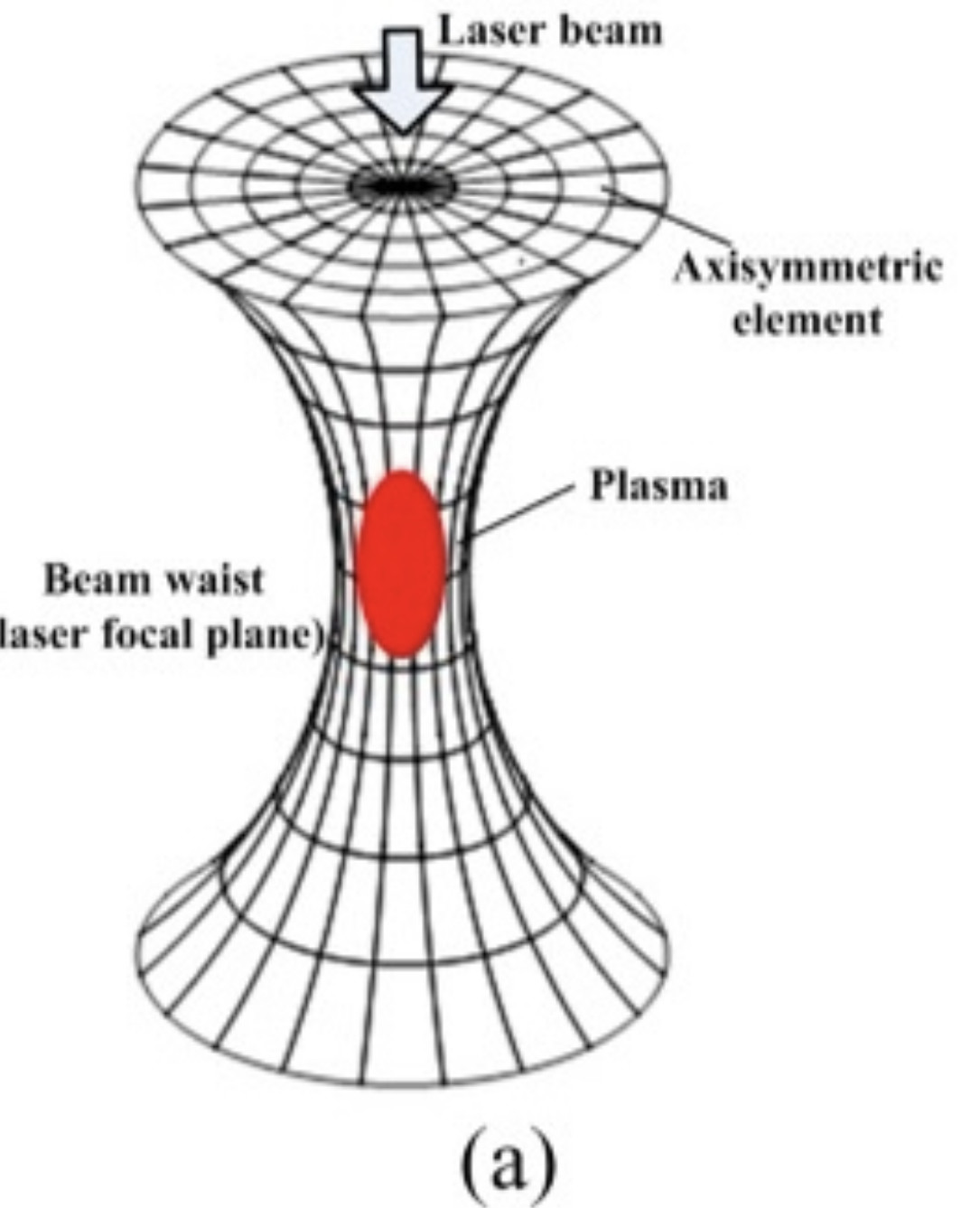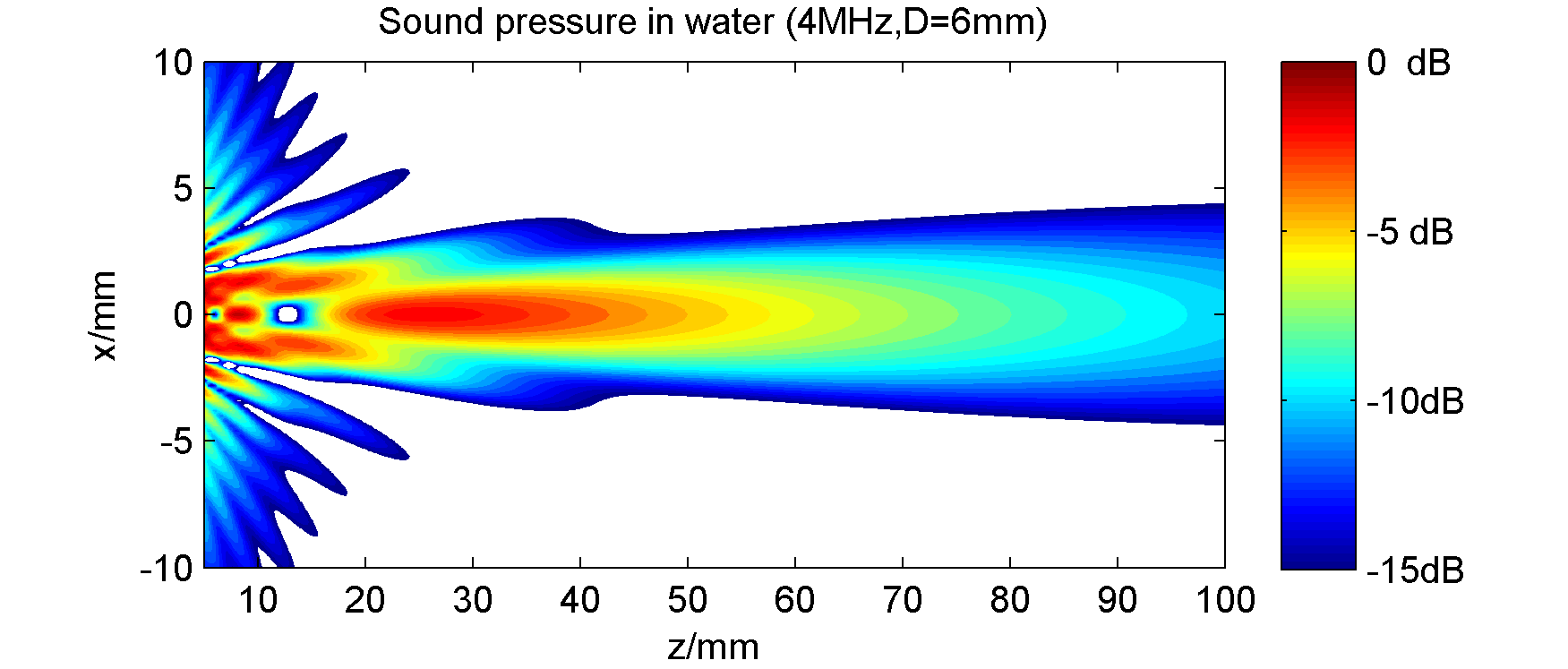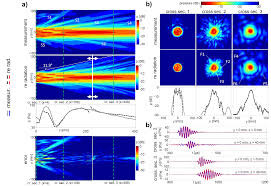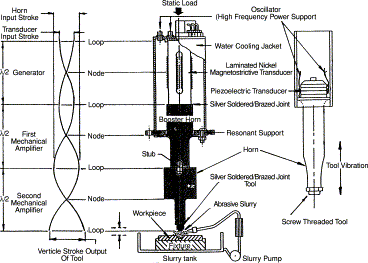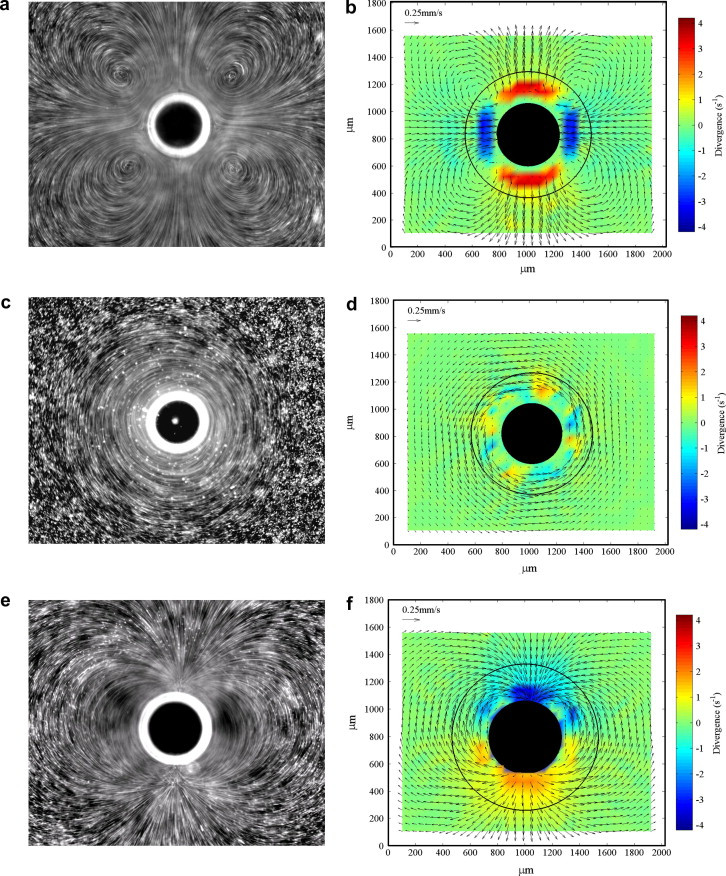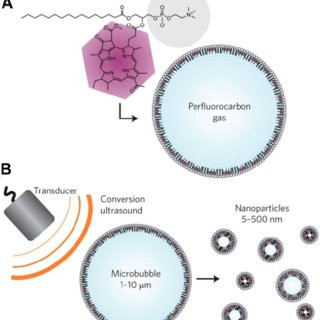The Mac
@TheMac
03 December, 08:24
Love you all.
Notice: Undefined index: tg1tga_access in /home/admin/www/anonup.com/themes/default/apps/timeline/post.phtml on line 396
In response The Mac to his Publication
Notice: Undefined index: tg1tga_access in /home/admin/www/anonup.com/themes/default/apps/timeline/post.phtml on line 396
The Mac
@TheMac
03 December, 08:34
In response yo. lisa to her Publication
❤️
The human voice consists of sound made by a human being using the vocal tract, including talking, singing, laughing, crying, screaming, shouting, or yelling. The human voice frequency is specifically a part of human sound production in which the vocal folds (vocal cords) are the primary sound source. (Other sound production mechanisms produced from the same general area of the body involve the production of unvoiced consonants, clicks, whistling and whispering.)
The human voice consists of sound made by a human being using the vocal tract, including talking, singing, laughing, crying, screaming, shouting, or yelling. The human voice frequency is specifically a part of human sound production in which the vocal folds (vocal cords) are the primary sound source. (Other sound production mechanisms produced from the same general area of the body involve the production of unvoiced consonants, clicks, whistling and whispering.)
Notice: Undefined index: tg1tga_access in /home/admin/www/anonup.com/themes/default/apps/timeline/post.phtml on line 396
The Mac
@TheMac
03 December, 08:35
In response The Mac to his Publication
Generally speaking, the mechanism for generating the human voice can be subdivided into three parts; the lungs, the vocal folds within the larynx (voice box), and the articulators. The lungs, the "pump" must produce adequate airflow and air pressure to vibrate vocal folds. The vocal folds (vocal cords) then vibrate to use airflow from the lungs to create audible pulses that form the laryngeal sound source. The muscles of the larynx adjust the length and tension of the vocal folds to 'fine-tune' pitch and tone.
Notice: Undefined index: tg1tga_access in /home/admin/www/anonup.com/themes/default/apps/timeline/post.phtml on line 396
The Mac
@TheMac
03 December, 08:36
In response The Mac to his Publication
even the smallest amount of something spoken or written.
noun: a word
noun: a word
Notice: Undefined index: tg1tga_access in /home/admin/www/anonup.com/themes/default/apps/timeline/post.phtml on line 396
The Mac
@TheMac
03 December, 08:37
In response The Mac to his Publication
word; plural noun: words
Notice: Undefined index: tg1tga_access in /home/admin/www/anonup.com/themes/default/apps/timeline/post.phtml on line 396
The Mac
@TheMac
03 December, 08:38
In response The Mac to his Publication
A harmonic is any member of the harmonic series. The term is employed in various disciplines, including music, physics, acoustics, electronic power transmission, radio technology, and other fields. It is typically applied to repeating signals, such as sinusoidal waves.
Notice: Undefined index: tg1tga_access in /home/admin/www/anonup.com/themes/default/apps/timeline/post.phtml on line 396
The Mac
@TheMac
03 December, 08:40
In response The Mac to his Publication
say
/seɪ/
verb: say; 3rd person present: says; past tense: said; past participle: said; gerund or present participle: saying
1.
utter words so as to convey information, an opinion, a feeling or intention, or an instruction.
"‘Thank you,’ he said"
/seɪ/
verb: say; 3rd person present: says; past tense: said; past participle: said; gerund or present participle: saying
1.
utter words so as to convey information, an opinion, a feeling or intention, or an instruction.
"‘Thank you,’ he said"
Notice: Undefined index: tg1tga_access in /home/admin/www/anonup.com/themes/default/apps/timeline/post.phtml on line 396
In response The Mac to his Publication
"'I love you, Mac,' she said"
Notice: Undefined index: tg1tga_access in /home/admin/www/anonup.com/themes/default/apps/timeline/post.phtml on line 396
The Mac
@TheMac
03 December, 10:43
In response yo. lisa to her Publication
All my heart. 🙏🏻❤️
Notice: Undefined index: tg1tga_access in /home/admin/www/anonup.com/themes/default/apps/timeline/post.phtml on line 396
In response The Mac to his Publication
Notice: Undefined index: tg1tga_access in /home/admin/www/anonup.com/themes/default/apps/timeline/post.phtml on line 396
The Mac
@TheMac
04 December, 01:42
In response yo. lisa to her Publication
Pyramidal horn (a, right) – a horn antenna with the horn in the shape of a four-sided pyramid, with a rectangular cross section. They are a common type, used with rectangular waveguides, and radiate linearly polarized radio waves. ... These types are often used as feed horns for wide search radar antennas.
Notice: Undefined index: tg1tga_access in /home/admin/www/anonup.com/themes/default/apps/timeline/post.phtml on line 396
The Mac
@TheMac
04 December, 01:44
In response The Mac to his Publication
The first modern horn antenna in 1938 with inventor Wilmer L. Barrow.
Notice: Undefined index: tg1tga_access in /home/admin/www/anonup.com/themes/default/apps/timeline/post.phtml on line 396
The Mac
@TheMac
04 December, 01:44
In response The Mac to his Publication
Notice: Undefined index: tg1tga_access in /home/admin/www/anonup.com/themes/default/apps/timeline/post.phtml on line 396
The Mac
@TheMac
04 December, 01:45
In response The Mac to his Publication
They are used as feed antennas (called feed horns) for larger antenna structures such as parabolic antennas, as standard calibration antennas to measure the gain of other antennas, and as directive antennas for such devices as radar guns, automatic door openers, and microwave radiometers. Their advantages are moderate directivity, low standing wave ratio (SWR), broad bandwidth, and simple construction and adjustment.
Notice: Undefined index: tg1tga_access in /home/admin/www/anonup.com/themes/default/apps/timeline/post.phtml on line 396
The Mac
@TheMac
04 December, 01:47
In response The Mac to his Publication
A horn antenna is used to transmit radio waves from a waveguide (a metal pipe used to carry radio waves) out into space
Notice: Undefined index: tg1tga_access in /home/admin/www/anonup.com/themes/default/apps/timeline/post.phtml on line 396
The Mac
@TheMac
04 December, 01:50
In response The Mac to his Publication
the physical universe beyond the earth's atmosphere.
noun: outer space; plural noun: outer spaces
outer space
deep space
the universe
the cosmos
the galaxy
the solar system
infinity
the near-vacuum extending between the planets and stars, containing small amounts of gas and dust.
noun: outer space; plural noun: outer spaces
outer space
deep space
the universe
the cosmos
the galaxy
the solar system
infinity
the near-vacuum extending between the planets and stars, containing small amounts of gas and dust.
Notice: Undefined index: tg1tga_access in /home/admin/www/anonup.com/themes/default/apps/timeline/post.phtml on line 396
The Mac
@TheMac
04 December, 01:53
In response The Mac to his Publication
Notice: Undefined index: tg1tga_access in /home/admin/www/anonup.com/themes/default/apps/timeline/post.phtml on line 396
The Mac
@TheMac
04 December, 01:57
In response The Mac to his Publication
Phased array antennas have attracted much attention in recent years because of their appealing capabilities to realize a variety of unique radiation characteristics such as high gain, low sidelobe levels, beam scanning, and null steering. The radiation characteristics mainly depend upon the element pattern, the excitation amplitude and phase, inter-element spacing, as well as the array geometry1,2. A number of well-defined techniques, namely the Taylor and Dolph–Chebyschev methods1,2,3,4, use tapered amplitude excitation on uniformly-spaced array antennas to reduce and control the sidelobe levels. Low sidelobe levels can also be achieved by optimizing the phase shifts of the uniformly-spaced array elements5.
Notice: Undefined index: tg1tga_access in /home/admin/www/anonup.com/themes/default/apps/timeline/post.phtml on line 396
The Mac
@TheMac
04 December, 01:58
In response The Mac to his Publication
In 1961, Harrington6 proposed a novel technique of reducing the sidelobe levels of array antennas with uniform excitation by employing the method of non-uniform spacing of array elements. This technique was further investigated to design unequally-spaced array antennas with uniform6,7,8,9 as well as non-uniform excitation10,11 to improve the array performance, compared to uniformly spaced arrays12,13,14,15. It was demonstrated that the radiation characteristics, e.g., the position of the nulls, beamwidth, sidelobe levels, of the non-uniform arrays can be controlled by the location, magnitude and phase of their base elements. A vast variety of evolutionary algorithms such as genetic algorithm (GA), particle swarm optimization (PSO), and differential evolution (DE), were developed for the purpose of optimizing the element positions and excitation to reduce the computational cost16,17,18,19.
Notice: Undefined index: tg1tga_access in /home/admin/www/anonup.com/themes/default/apps/timeline/post.phtml on line 396
The Mac
@TheMac
04 December, 01:58
In response The Mac to his Publication
This has led to the development of antenna arrays, realizing narrow beamwidths, null steering and reduced sidelobe levels by controlling the element position and excitation20,21,22,23. However, in order to achieve different desired radiation characteristics, it is required that the base element be physically displaced to a pre-determined position. As the element position varies per the requirement, the practical implementation becomes costly and complex. Therefore, a new research paradigm is needed to realize adaptive element spacing arrays over the course of the operation.
Notice: Undefined index: tg1tga_access in /home/admin/www/anonup.com/themes/default/apps/timeline/post.phtml on line 396
The Mac
@TheMac
04 December, 02:01
In response The Mac to his Publication
Notice: Undefined index: tg1tga_access in /home/admin/www/anonup.com/themes/default/apps/timeline/post.phtml on line 396
The Mac
@TheMac
04 December, 02:05
In response The Mac to his Publication
Notice: Undefined index: tg1tga_access in /home/admin/www/anonup.com/themes/default/apps/timeline/post.phtml on line 396
The Mac
@TheMac
04 December, 02:07
In response The Mac to his Publication
Notice: Undefined index: tg1tga_access in /home/admin/www/anonup.com/themes/default/apps/timeline/post.phtml on line 396
The Mac
@TheMac
04 December, 02:09
In response The Mac to his Publication
hold on...
Notice: Undefined index: tg1tga_access in /home/admin/www/anonup.com/themes/default/apps/timeline/post.phtml on line 396
The Mac
@TheMac
04 December, 02:09
In response The Mac to his Publication
Notice: Undefined index: tg1tga_access in /home/admin/www/anonup.com/themes/default/apps/timeline/post.phtml on line 396
The Mac
@TheMac
04 December, 02:10
In response The Mac to his Publication
Notice: Undefined index: tg1tga_access in /home/admin/www/anonup.com/themes/default/apps/timeline/post.phtml on line 396
The Mac
@TheMac
04 December, 02:10
In response The Mac to his Publication
Notice: Undefined index: tg1tga_access in /home/admin/www/anonup.com/themes/default/apps/timeline/post.phtml on line 396
The Mac
@TheMac
04 December, 02:10
In response The Mac to his Publication
Notice: Undefined index: tg1tga_access in /home/admin/www/anonup.com/themes/default/apps/timeline/post.phtml on line 396
The Mac
@TheMac
04 December, 02:10
In response The Mac to his Publication
Notice: Undefined index: tg1tga_access in /home/admin/www/anonup.com/themes/default/apps/timeline/post.phtml on line 396
The Mac
@TheMac
04 December, 02:11
In response The Mac to his Publication
Notice: Undefined index: tg1tga_access in /home/admin/www/anonup.com/themes/default/apps/timeline/post.phtml on line 396
The Mac
@TheMac
04 December, 02:13
In response The Mac to his Publication
Notice: Undefined index: tg1tga_access in /home/admin/www/anonup.com/themes/default/apps/timeline/post.phtml on line 396
The Mac
@TheMac
04 December, 02:17
In response The Mac to his Publication
Notice: Undefined index: tg1tga_access in /home/admin/www/anonup.com/themes/default/apps/timeline/post.phtml on line 396
The Mac
@TheMac
04 December, 02:20
In response The Mac to his Publication
Notice: Undefined index: tg1tga_access in /home/admin/www/anonup.com/themes/default/apps/timeline/post.phtml on line 396
The Mac
@TheMac
04 December, 02:20
In response The Mac to his Publication
Notice: Undefined index: tg1tga_access in /home/admin/www/anonup.com/themes/default/apps/timeline/post.phtml on line 396
The Mac
@TheMac
04 December, 02:20
In response The Mac to his Publication
Notice: Undefined index: tg1tga_access in /home/admin/www/anonup.com/themes/default/apps/timeline/post.phtml on line 396
The Mac
@TheMac
04 December, 02:21
In response The Mac to his Publication
Notice: Undefined index: tg1tga_access in /home/admin/www/anonup.com/themes/default/apps/timeline/post.phtml on line 396
The Mac
@TheMac
04 December, 02:22
In response The Mac to his Publication
Notice: Undefined index: tg1tga_access in /home/admin/www/anonup.com/themes/default/apps/timeline/post.phtml on line 396
The Mac
@TheMac
04 December, 02:23
In response The Mac to his Publication
Notice: Undefined index: tg1tga_access in /home/admin/www/anonup.com/themes/default/apps/timeline/post.phtml on line 396
The Mac
@TheMac
04 December, 02:29
In response The Mac to his Publication
An ultrasonic horn (also known as acoustic horn, sonotrode, acoustic waveguide, ultrasonic probe) is a tapering metal bar commonly used for augmenting the oscillation displacement amplitude provided by an ultrasonic transducer operating at the low end of the ultrasonic frequency spectrum (commonly between 15 and 100 kHz). The device is necessary because the amplitudes provided by the transducers themselves are insufficient for most practical applications of power ultrasound.[2]
Notice: Undefined index: tg1tga_access in /home/admin/www/anonup.com/themes/default/apps/timeline/post.phtml on line 396
The Mac
@TheMac
04 December, 02:29
In response The Mac to his Publication
Another function of the ultrasonic horn is to efficiently transfer the acoustic energy from the ultrasonic transducer into the treated media,[3] which may be solid (for example, in ultrasonic welding, ultrasonic cutting or ultrasonic soldering) or liquid (for example, in ultrasonic homogenization, sonochemistry, milling, emulsification, spraying or cell disruption).[1] Ultrasonic processing of liquids relies of intense shear forces and extreme local conditions (temperatures up to 5000 K and pressures up to 1000 atm) generated by acoustic cavitation.[2]
Notice: Undefined index: tg1tga_access in /home/admin/www/anonup.com/themes/default/apps/timeline/post.phtml on line 396
The Mac
@TheMac
04 December, 02:31
In response The Mac to his Publication
Acoustic cavitation is the formation and collapse of bubbles in liquid irradiated by intense ultrasound. The speed of the bubble collapse sometimes reaches the sound velocity in the liquid. Accordingly, the bubble collapse becomes a quasi-adiabatic process. ... The pulsation of active bubbles is intrinsically nonlinear.
Notice: Undefined index: tg1tga_access in /home/admin/www/anonup.com/themes/default/apps/timeline/post.phtml on line 396
The Mac
@TheMac
04 December, 02:33
In response The Mac to his Publication
Broadly speaking, acoustic streaming is generated by a nonlinear acoustic wave with a finite amplitude propagating in a viscid fluid. ... When it is associated with acoustic cavitation, which refers to activities of microbubbles in a general sense, it is often called “cavitation microstreaming”.
Notice: Undefined index: tg1tga_access in /home/admin/www/anonup.com/themes/default/apps/timeline/post.phtml on line 396
The Mac
@TheMac
04 December, 02:35
In response The Mac to his Publication
Notice: Undefined index: tg1tga_access in /home/admin/www/anonup.com/themes/default/apps/timeline/post.phtml on line 396
The Mac
@TheMac
04 December, 02:36
In response The Mac to his Publication
Notice: Undefined index: tg1tga_access in /home/admin/www/anonup.com/themes/default/apps/timeline/post.phtml on line 396
The Mac
@TheMac
04 December, 02:37
In response The Mac to his Publication
Notice: Undefined index: tg1tga_access in /home/admin/www/anonup.com/themes/default/apps/timeline/post.phtml on line 396
Only people mentioned by TheMac in this post can reply
The Mac
@TheMac
04 December, 02:38
In response The Mac to his Publication
In fluid dynamics, a blast wave is the increased pressure and flow resulting from the deposition of a large amount of energy in a small, very localised volume. The flow field can be approximated as a lead shock wave, followed by a self-similar subsonic flow field. In simpler terms, a blast wave is an area of pressure expanding supersonically outward from an explosive core. It has a leading shock front of compressed gases. The blast wave is followed by a blast wind of negative gauge pressure, which sucks items back in towards the center. The blast wave is harmful especially when one is very close to the center or at a location of constructive interference. High explosives that detonate generate blast waves.
Notice: Undefined index: tg1tga_access in /home/admin/www/anonup.com/themes/default/apps/timeline/post.phtml on line 396
The Mac
@TheMac
04 December, 02:41
In response The Mac to his Publication
In physics, a shock wave (also spelled shockwave), or shock, is a type of propagating disturbance that moves faster than the local speed of sound in the medium. Like an ordinary wave, a shock wave carries energy and can propagate through a medium but is characterized by an abrupt, nearly discontinuous, change in pressure, temperature, and density of the medium.
Notice: Undefined index: tg1tga_access in /home/admin/www/anonup.com/themes/default/apps/timeline/post.phtml on line 396




